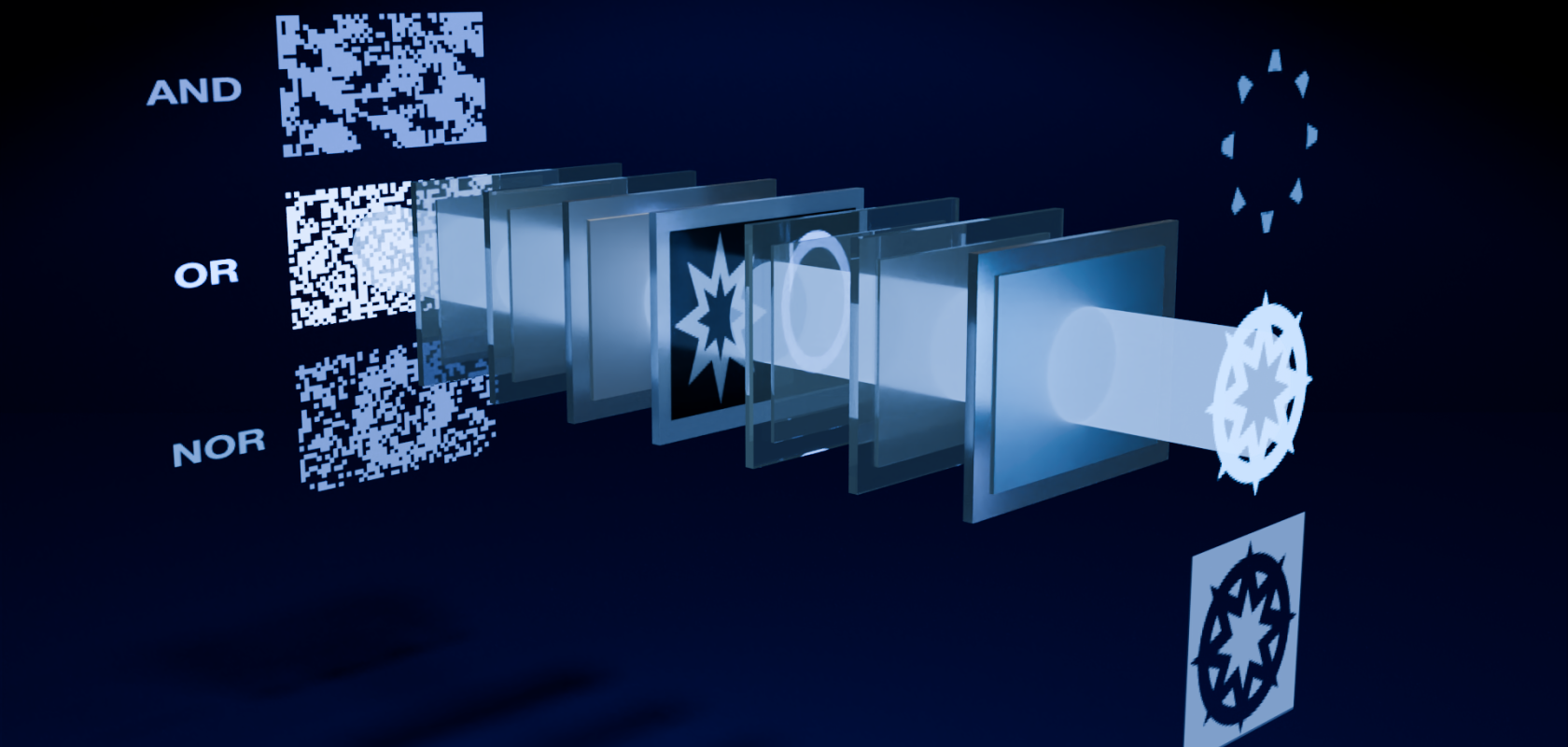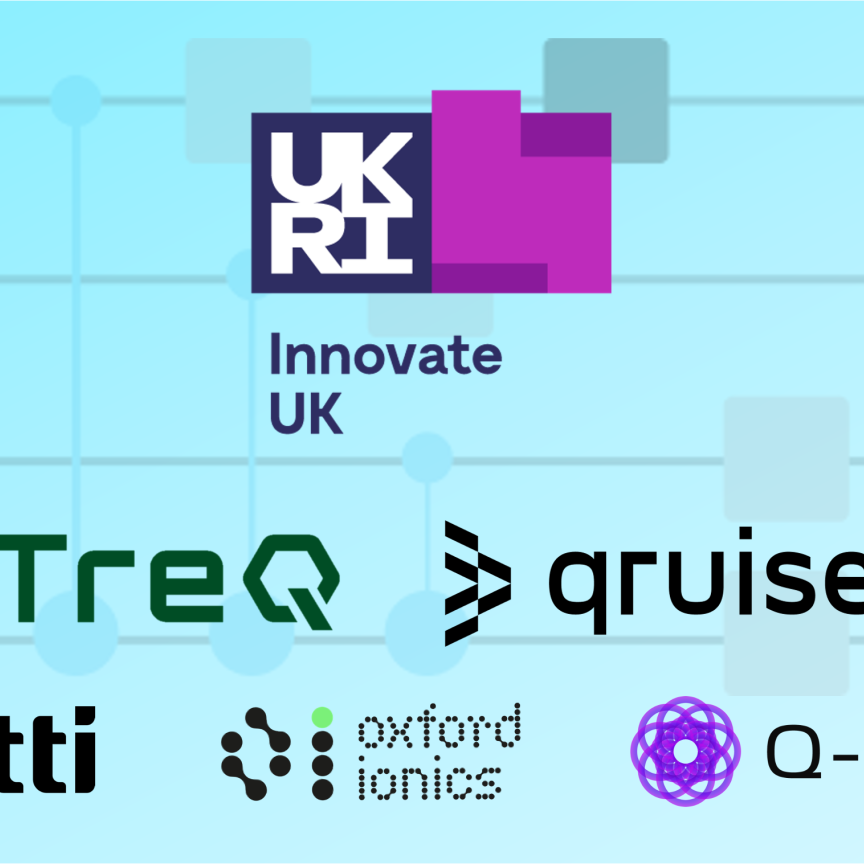A new technology based around the principles of optical computing has been developed by the Information Photonics Lab at the University of Tokyo to improve the efficiency of image processing and other areas of computing.
The race is on to develop faster and more powerful methods of computing to serve a new era of AI-based technology, with numerous photonics companies releasing news of emerging technology developments or business deals in silicon photonics, TFLN PICs, quantum and optical data communications in the past few weeks alone.
Manufacturers of electronic products are no strangers to a development race, releasing faster and more capable devices with regularity. But there’s also a race to the bottom for energy consumption. Longer-life batteries and the more efficient use of processing power are attractive to users and manufacturers alike, but the environmental crisis has shifted power consumption closer toward the front of consumers' – and therefore developers' – minds.
The promise of optical computing
Optical computing utilises the speed, flexibility and other virtues of light waves, rather than electrical signals to perform computations. Not only do the properties of light allow data to be processed at higher speeds and with parallelism – wavelength multiplexing allows multiple data streams to be transmitted simultaneously to increase efficiency, they also require less power to do so, generating less heat and therefore spending less energy on cooling.
But optical computing is not new. “In the 1980s, researchers in Japan explored an optical computing method called shadow casting, which could perform some logical operations. But their implementation was based on relatively bulky geometric forms. They worked in principle, but lacked flexibility and the ease of integration to make something useful,” says associate professor Ryoichi Horisaki from the Information Photonics Lab at the University of Tokyo, whose team has developed a new method of optical computing that deals with the burgeoning technologies incumbent issues.
Based on the shadow casting method, which uses the interaction of light with different geometries, associate professor Horisaki’s team’s new optical approach called ‘diffraction casting’ uses the properties of the lightwave itself, ultimately resulting in “more spatially efficient, functionally flexible optical elements,” he suggests.
Improved image processing
The diffraction casting method involves using an image as a source of data – suggesting the process could easily be applied for image processing especially, but also useful for other kinds for data processing such as that used in machine learning systems – then combining the source image with others that represent further stages of logical operations. The additional images are added as layers above the input layer – the source image. Light is then passed through to cast the resultant image onto a sensor that translates it into digital data.
What are the next steps in diffraction casting’s development?
“Diffraction casting is just one building block in a hypothetical computer based around this principle and it might be best to think of it as an additional component rather than a full replacement of existing systems,” said lead author of the research, Ryosuke Mashiko. “I anticipate it will take around 10 years to become commercially available.” Although this research represents a grounded starting point, much of the work on the technology’s physical implementation is still to be done. “At present, we can demonstrate the usefulness of diffraction casting in performing the basic logic operations of information processing, but there’s also scope for extending our system into another area of computing that goes beyond the traditional, and that’s quantum computing.”


